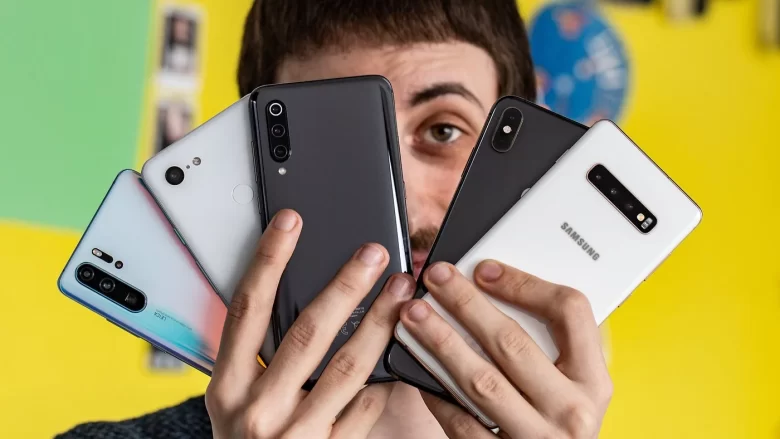Buying a used Samsung smartphone can be a smart way to get a high-quality device at a more affordable price. However, it’s essential to thoroughly check the phone to ensure that it meets your expectations and doesn’t have any hidden issues.
How to Check Used Samsung Smartphones Before Buying
Here’s a comprehensive guide on how to check used Samsung smartphones before making a purchase:
1. Physical Inspection:
a. Exterior Condition:
– Check for scratches, dents, or other physical damage on the phone’s body.
– Inspect the screen for cracks, dead pixels, or discoloration.
– Ensure that the buttons, ports, and switches are working correctly.
b. Water Damage Indicator:
– Samsung smartphones often have water damage indicators. Check for any indication of water damage, usually a color change on the indicator.
2. Functional Inspection:
a. Check Display:
– Ensure the touchscreen is responsive and free of dead zones.
– Test the display by viewing various colors and checking for irregularities.
b. Test Buttons and Touch ID:
– Test all physical buttons (volume, power, home) to ensure they work correctly.
– If applicable, test the fingerprint sensor or facial recognition.
c. Check Connectivity:
– Test Wi-Fi, Bluetooth, and GPS functionality.
– Insert a SIM card to check if the phone recognizes and connects to the network.
d. Camera Inspection:
– Test both front and rear cameras, checking for focus issues, image quality, and functionality of features like flash.
e. Battery Health:
– Check the battery health status in the phone’s settings.
– Download a third-party app to assess battery capacity and cycle count.
Also, Read >> 5 Tips for Buying Used Phones Safely in Pakistan
3. Software Inspection:
a. Check Operating System:
– Ensure the phone is running the latest supported version of the Android operating system.
– Check for any signs of a custom ROM, as this might affect performance and updates.
b. IMEI/Serial Number:
– Verify the IMEI or serial number to confirm the phone’s authenticity and check for any outstanding warranty or insurance status.
c. Factory Reset:
– Perform a factory reset to ensure the phone is wiped clean of the previous owner’s data.
4. Performance Testing:
a. Processor and Memory:
– Run benchmarking apps to check the phone’s processor and memory performance.
b. Storage Capacity:
– Verify the advertised storage capacity matches the actual storage available on the device.
c. Multitasking:
– Test the phone’s ability to run multiple apps simultaneously without significant lag.
5. Network and Carrier Compatibility:
a. Carrier Lock:
– Confirm that the phone is unlocked or compatible with your carrier.
– Check for any outstanding financial obligations with the carrier.
b. Network Modes:
– Ensure the phone supports the necessary network bands for your carrier.
6. Additional Checks:
a. Accessories:
– Check if the phone comes with original accessories, such as a charger and headphones.
b. Purchase Documentation:
– Request any available purchase receipts, which can be helpful for warranty claims.
7. Meet in a Safe Location:
Always arrange to meet the seller in a safe, public location. If possible, choose a location with Wi-Fi to perform on-the-spot checks.
8. Trust Your Instincts:
If something seems off or if the deal seems too good to be true, trust your instincts and consider walking away.
By following these steps, you can minimize the risk when buying a used Samsung smartphone and ensure that you get a reliable device that meets your needs.


